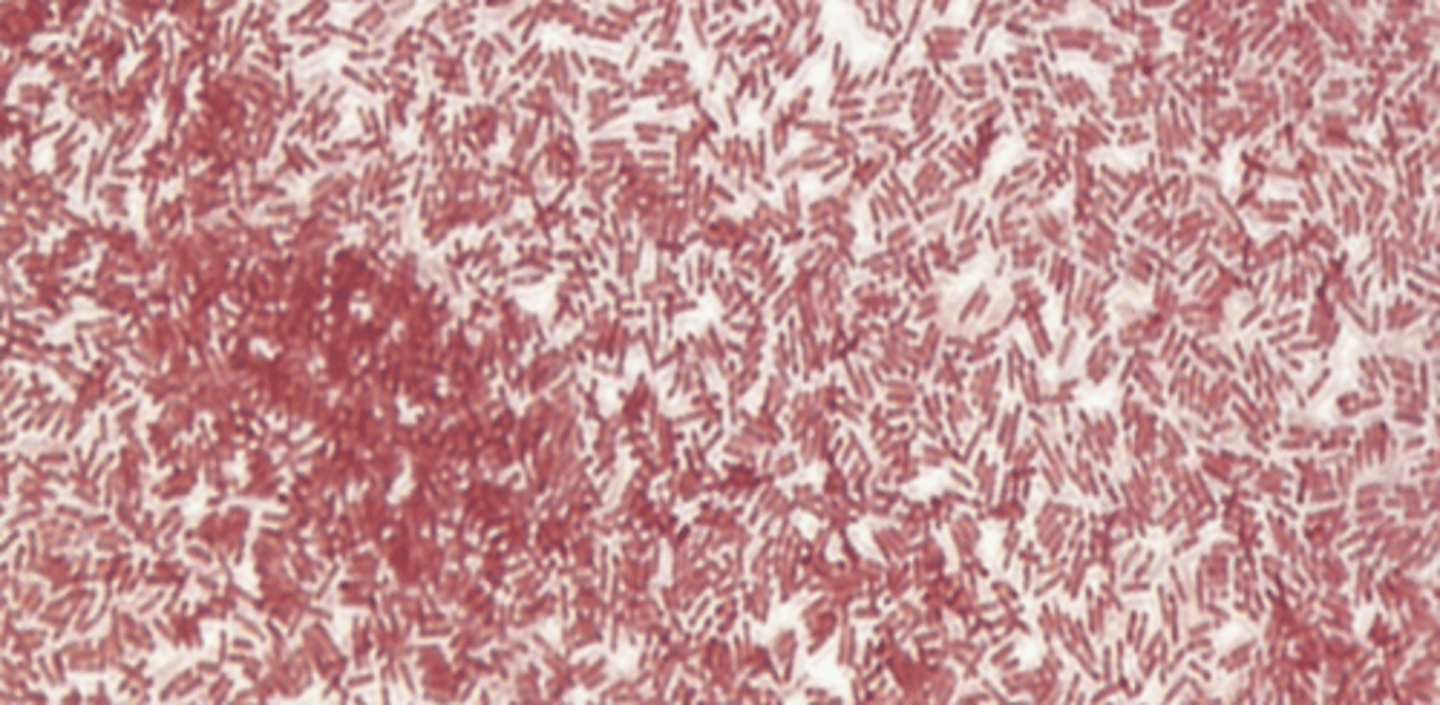Bacterial Ocular Infections - Practice Questions
1/23
There's no tags or description
Looks like no tags are added yet.
Name | Mastery | Learn | Test | Matching | Spaced |
|---|
No study sessions yet.
24 Terms
Characteristics of S. Aureus
-most virulent Staphylococcus
-only Staph strain to ferment mannose and grow in a high salt environment (7.5% NaCl)
-part of normal flora in the upper respiratory tract
S. Aureus Virulence Factors - Surface Components
-Capsule: antiphagocytic
-Protein A: inhibits complement fixation, opsonization, and ADCC by binding Fc portion of IgG
-Lipoteichoic acid and teichoic acids: promote adherence to mucosal surfaces and persistence in tissues binding to fibronectin
S. Aureus Virulence Factors - Enzymes
-Catalase: reduces phagocytic killing by converting H2O2 → H2O
-Penicillinase (β-lactamase): confers antibiotic resistance by clearing β-lactam ring of penicillins
S. Aureus Virulence Factors - Toxins
Toxic Shock Syndrome: acts as a superantigen → promotes massive cytokine release (causing TSS)
Which species of staphylococcus are coagulase negative?
-Staphylococcus epidermidis
-Staphylococcus saprophyticus
Which species of staphylococcus is a frequent cause of urinary tract infection?
Staphylococcus saprophyticus
Identification Tests for Staphylococcus aureus
-1. Catalase: separates Staphylococcus (+) from Streptococcus and Enterococcus (−)
-2. Coagulase: separates S. aureus (+) from other species of Staphylococcus (−)
-3. Protein A: separates S. aureus (+) from other species of Staphylococcus (−)
-4. Hemolysis: S. aureus is β-hemolytic
-5. Mannitol Salt Agar: S. aureus can ferment mannose and survive in a high salt environment (7.5% NaCl)
Characteristics and Mode of Transmission of P. aeruginosa
-most common clinically significant pseudomonas
-ubiquitous in the environment and in most reservoirs → infection usually begins where moisture accumulates
-resistant to soap, many disinfectants, and many antibiotics → but NOT drying
Identification of P. aeruginosa
-gram (-), oxidase (+), catalase (+), aerobic rod with 1-3 flagella
-non-lactose fermenting
-simple growth requirement
-characteristic fruit odor
-blue-green pigment (pyocyanin)
-β-hemolytic on blood agar
P. aeruginosa Virulence Factors - Surface Components
-Capsule: antiphagocytic and promotes adherence to epithelium
-Pili: promotes adherence to epithelium
-Biofilm: production occurs when sufficient bacteria trigger quorum sensing
-Antibiotic & Disinfectant Resistance
P. aeruginosa Virulence Factors - Enzymes
-Elastase & Phospholipase: mediate tissue destruction and inhibit neutrophil function
-Endotoxin exoenzyme S: prevents phagocytic killing
P. aeruginosa Virulence Factors - Toxins
-Exotoxin A: disrupts host protein synthesis
-Pigments (pyocyanin, pyoverdin): produce toxic forms of oxygen, stimulate cytokine release, regulate toxin secretion
P. aeruginosa Gram Stain
gram (-) → stains red

P. aeruginosa on Blood Agar
-demonstrates β-hemolysis → complete clearance
-greenish pigment
-grape-like odor
Treatment of Pseudomonas Keratitis
-Fortified Aminoglycosides (Tobramycin)
-β-Lactam antibiotic (Ceftriaxone)
-Ciprofloxacin (Ciloxan) & Moxifloxacin (Moxeza)
Which gram-positive, catalase negative, diplococcus, beta-hemolytic bacterium causes pseudomembrane bacterial conjunctivitis?
Streptococcus pyogenes
Which gram-positive, catalase negative, diplococcus, alpha-hemolytic bacterium causes dacryoadenitis?
Streptococcus pneumoniae
Which gram-negative, bacillus/rod-shaped bacteria is the major cause of contact-lens induced bacterial keratitis?
Pseudomonas aeruginosa
Which gram-positive bacterium is catalase positive and coagulase positive?
Staphylococcus aureus
Which bacterium has no cell wall?
Mycoplasma pneumoniae
Which bacterium causes cat scratch disease?
Bartonellae henselae
Which gram-negative coccobacillus bacteria causes hyperacute conjunctivitis?
Haemophilus influenzae
Haemophilus aegyptius
Which strain/serotype of Chlamydia trachomatis causes adult inclusion conjunctivitis?
Serotype D-K via sexual transmission or contact with bodily fluid
Which strain/serotype of Chlamydia trachomatis causes trachoma?
Strains A-C via contact with infected body fluids